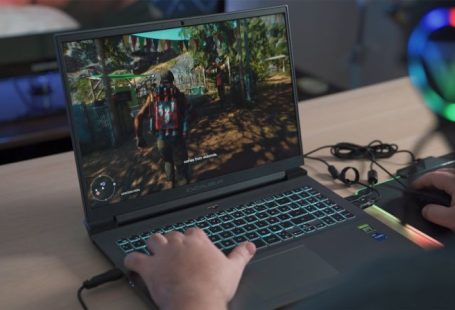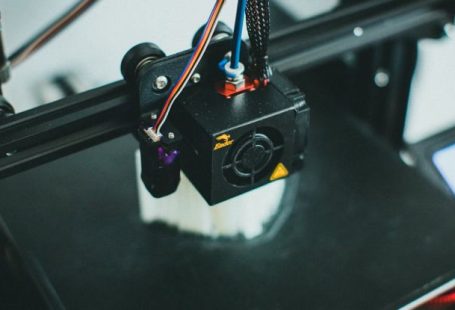In a world where data is generated at an unprecedented pace, the demand for faster processing and reduced latency has led to the rise of edge computing. This paradigm shift is transforming the way data is handled, moving away from traditional cloud-based architectures to a more decentralized approach. At the heart of this transformation lies the role of micro PCs, compact yet powerful devices that are playing a crucial role in enabling edge computing to reach its full potential.
The Rise of Edge Computing
Edge computing is a distributed computing paradigm that brings computation and data storage closer to the sources of data generation. By processing data near the edge of the network, rather than in a centralized data center, edge computing reduces latency and improves the overall efficiency of data processing. This is particularly important in applications where real-time processing is critical, such as autonomous vehicles, industrial automation, and IoT devices.
One of the key drivers behind the rise of edge computing is the exponential growth of data generated by connected devices. With the proliferation of IoT devices and the increasing adoption of smart technologies, the volume of data being generated at the edge of the network is growing at an unprecedented rate. Traditional cloud-based architectures struggle to keep up with the sheer volume of data being produced, leading to latency issues and potential bottlenecks in data processing.
The Role of Micro PCs in Edge Computing
Micro PCs, also known as mini PCs or small form factor PCs, are compact computing devices that offer the performance of a traditional desktop PC in a much smaller form factor. These devices are ideally suited for edge computing applications, where space is often a constraint, and power efficiency is crucial. Micro PCs are typically equipped with powerful processors, ample memory, and storage options, making them ideal for running edge computing workloads.
One of the key advantages of using micro PCs in edge computing is their size and versatility. These devices can be easily deployed in a variety of environments, from industrial settings to remote locations, enabling edge computing to be implemented closer to the point of data generation. This reduces the latency associated with transmitting data to a centralized data center for processing, leading to faster response times and improved overall system performance.
Another key benefit of using micro PCs in edge computing is their power efficiency. These devices are designed to consume less power than traditional desktop PCs, making them ideal for applications where energy consumption is a concern. In edge computing scenarios where power sources may be limited, such as in remote locations or on mobile devices, the low power consumption of micro PCs makes them an attractive choice for running computational workloads.
The Future of Edge Computing with Micro PCs
As the demand for edge computing continues to grow, the role of micro PCs in enabling this transformative technology is set to become even more critical. These compact yet powerful devices are driving innovation in edge computing, enabling real-time processing and analysis of data at the edge of the network. With advancements in hardware and software, micro PCs are becoming increasingly capable of handling complex computing tasks, making them an indispensable tool for edge computing applications.
In conclusion, the combination of edge computing and micro PCs is revolutionizing the way data is processed and analyzed in a wide range of industries. By bringing computation closer to the source of data generation, edge computing is enabling faster response times, reduced latency, and improved system efficiency. Micro PCs are playing a key role in this transformation, providing the computing power and versatility needed to deploy edge computing solutions in diverse environments. As the technology continues to evolve, the future of edge computing with micro PCs looks brighter than ever.





